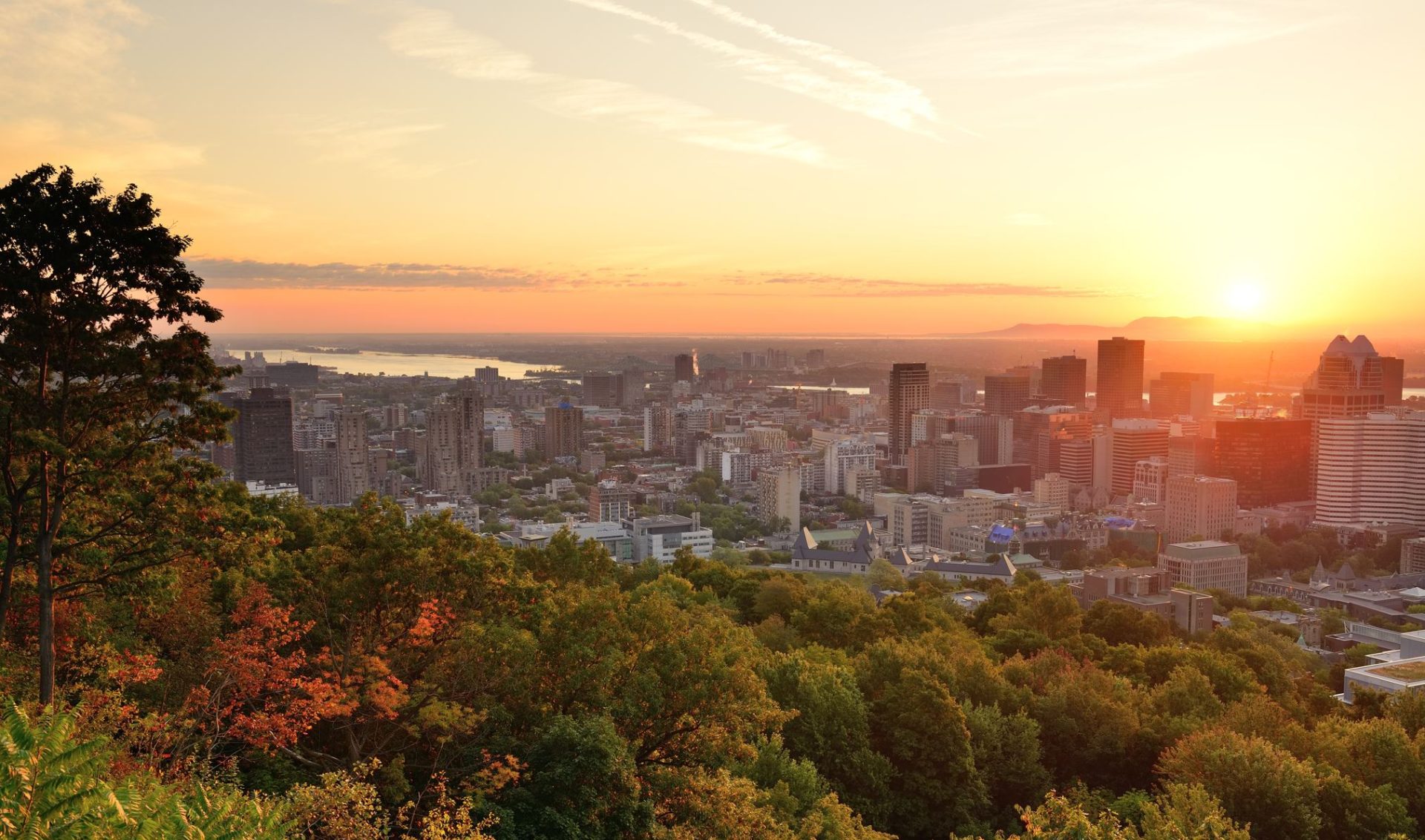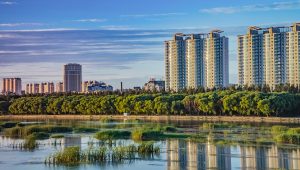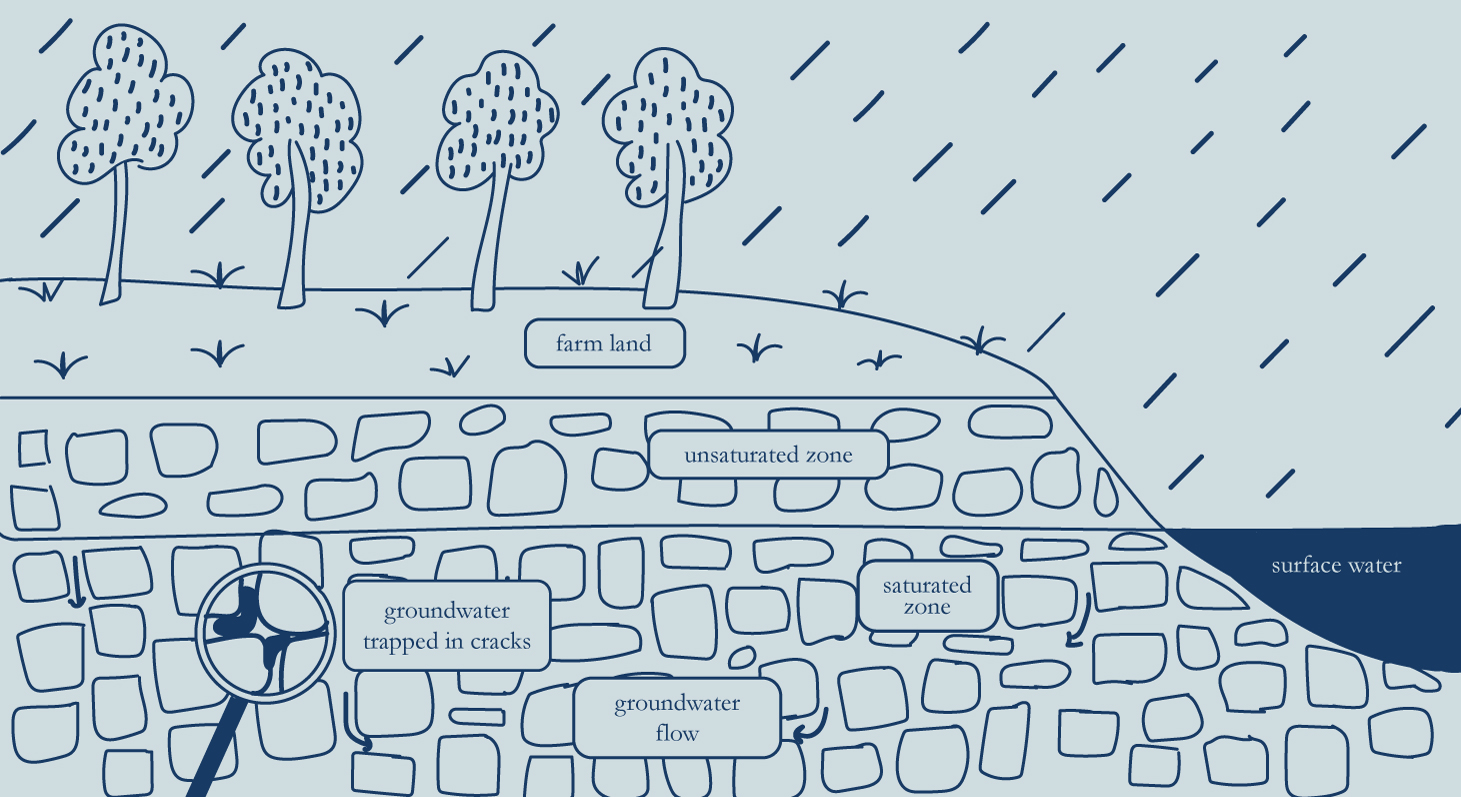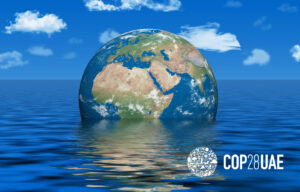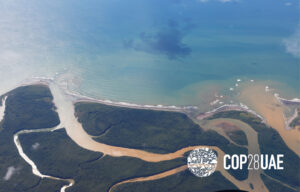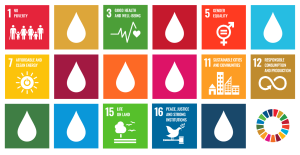This week global leaders, scientists and advocates alike are gathering in Montréal, Canada for the 15th Biodiversity COP to reverse one major problem: human behaviour is driving biodiversity loss. Biodiversity can be part of the answer to challenges like water security, climate change and sustainable development – but only if we protect and restore it.
“We are at war with nature”
As COP15 started, Inger Andersen, UN’s environment chief, spelled out the challenges facing the planet: “we are at war with nature” and must “make peace”. The global nature of biodiversity loss is what makes international forums such as COP15 crucial to tackling it. Halting the loss of species, habitats and genetic diversity is a must for healthy multifunctional landscapes and prosperous livelihoods. Healthy landscapes are crucial for provision and regulation of water, and good water governance is crucial to healthy landscapes. Healthy landscapes, in turn, can absorb and store carbon – an essential component in mitigating climate change.
What you need to know about water and biodiversity:
- Restoration of biodiversity will be a slow process, tangible improved biodiversity needs many years after measures are taken. It requires long-term commitment to monitor the biodiversity status before and after measures to ensure that sustainable restoration occurs.
- International conventions such as the Convention on Biological Diversity (CBD) need to better address water management to secure waterflow as a nature-based solution to e.g. poverty reduction, food security, climate change mitigation and adaptation and restoration of biodiversity.
- Biodiversity loss risks intensifying the effects of climate change and limit natures ability to store and sequester greenhouse gases, while climate change risks boosting biodiversity loss.
- Policies and decision making need to improve with respect to water governance and its links with the governance of landscapes
- Exchange of knowledge, nature-based solutions and collaborative action is needed to accelerate progress
Healthy landscapes provide habitats for biological diversity, freshwater, marine and terrestrial alike, and regulate the climate. SIWI’s Lotta Samuelson points out: “Landscape degradation is a global challenge” and it is affecting both blue and green water availability. Landscape degradation has also resulted in massive biodiversity loss, impaired water flows downstream, loss of carbon stocks and increased emissions of greenhouse gas, resulting in increased risks to local communities that rely on functional ecosystems and ecosystem services for their livelihoods.
Water and resilient landscapes are dependent on integrated approaches
Current international and national policies related to landscape restoration and management are fragmented across sectors and governance levels and are inadequate to meet the multiple challenges facing the management of water resources to secure biodiverse, resilient and productive landscapes.
Policies and decision making need to improve with respect to water governance and its links with the governance of landscapes and biodiversity, especially in ministries focusing on Environment, Forestry and Water, but also Energy and Industry. Increased investment flows from multilateral organizations, donors as well as the private sector to integrate hydrology and water resources in biodiversity and landscape restoration and management is urgently needed.
New research on water and climate highlight the role of biodiversity
SIWI’s Malin Lundberg Ingemarsson led new research highlighting freshwater’s role in climate action. The report shows why we must tackle the climate, nature and water crisis at once: “Biodiversity loss risks intensifying the effects of climate change, while climate change risks boosting biodiversity loss”. Identifying water risks in climate action should include an assessment of where mitigation measures could cause biodiversity loss and ecosystem degradation – which not only reduce the carbon sequestration potential of terrestrial and aquatic ecosystems but can also lead to emission of greenhouse gases.
